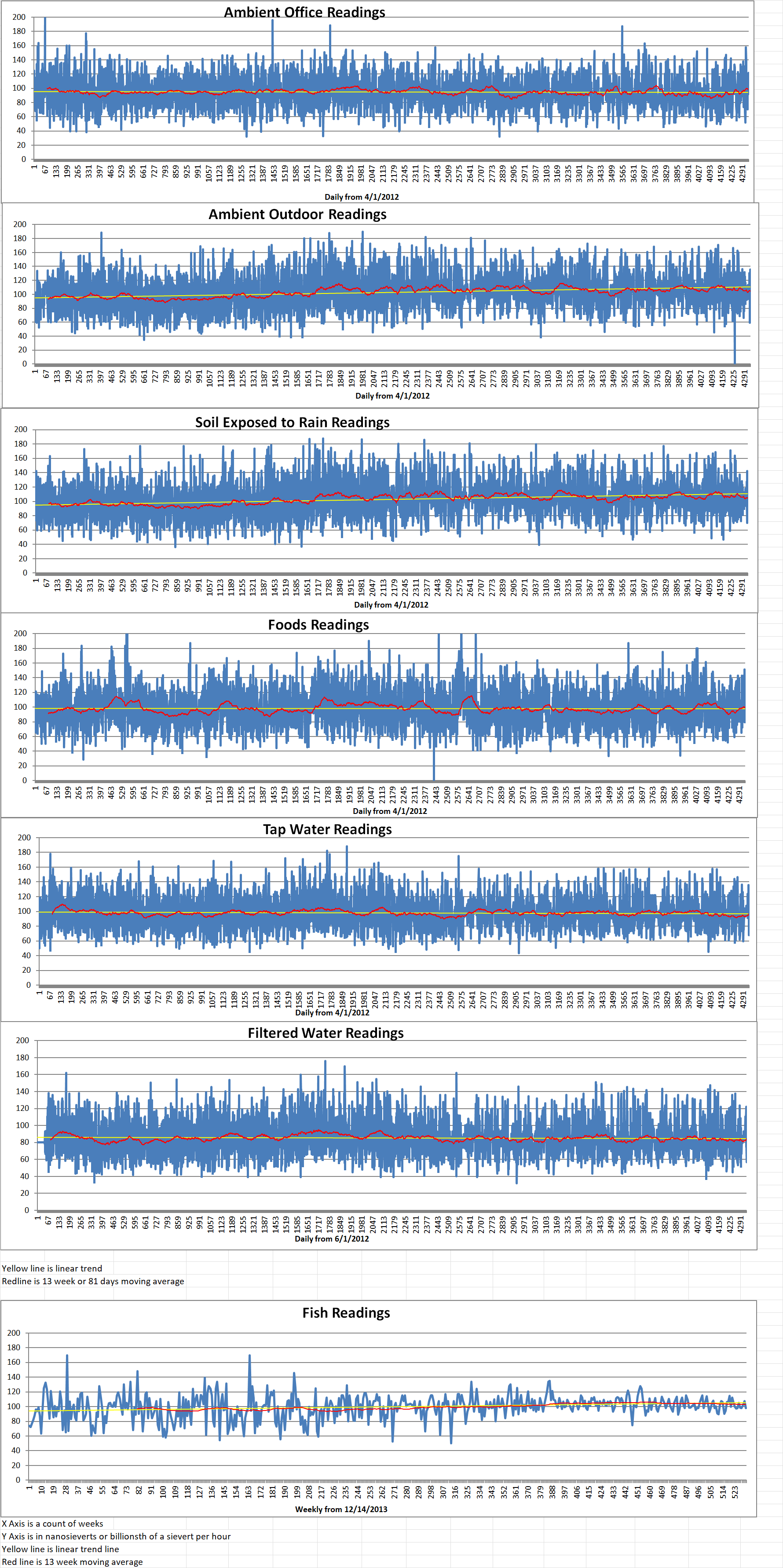Uranium trichloride (UCl3) is a molten salt under extremely high temperatures. It holds the key to unlocking the full potential of next-generation nuclear reactors. When transformed into a liquid state, its unique properties offer unparalleled opportunities to rethink nuclear fuel technology and improve reactor safety and efficiency.
Researchers from the Oak Ridge National Laboratory (ORNL) and their collaborators have carefully documented the elusive structure and complex chemistry dynamics of high-temperature liquid UCl3 salt. The research identifies this substance as a promising source of nuclear fuel. Their critical insights prepare for designing safer, more efficient, and innovative reactors that could reshape the future of nuclear energy.
Santanu Roy is an ORNL researcher. In a paper published in the Journal of the American Chemical Society, he noted that this is a first critical step in enabling better predictive models for the design of future reactors. He added that “A better ability to predict and calculate the microscopic behaviors is critical to design, and reliable data helps develop better models.”
For decades, molten salt reactors have been advertised as a promising solution for producing safe and affordable nuclear energy. ORNL’s prototyping experiments in the 1960s first demonstrated the potential of this technology. With the global push for decarbonization, there has been renewed interest in making these reactors commercially available.
However, designing the ideal reactor requires a deep understanding of how liquid fuel salts behave, particularly those involving actinide elements such as uranium. Molten salts melt at extremely high temperatures. They exhibit complex ion-ion coordination, making them challenging to study.
The research study was a collaboration between ORNL, Argonne National Laboratory, and the University of South Carolina. The team utilized a combination of computational approaches and advanced facilities such as the Spallation Neutron Source (SNS). The SNS is one of the brightest neutron sources in the world. It allowed the team to perform state-of-the-art neutron scattering studies. This enabled them to measure the chemical bond lengths of molten UCl3 for the first time.
Alex Ivanov co-led the study. He said, “I’ve been studying actinides and uranium since I joined ORNL as a postdoc. But I never expected that we could go to the molten state and find fascinating chemistry.” The study revealed that, unlike most substances, the bonds between uranium and chlorine contracted rather than expanded as the substance became liquid.
One of the most surprising discoveries of the study was the inconsistent behavior of the bonds. They oscillated between expanded and contracted states at ultra-fast speeds. Ivanov noted that “This is an uncharted part of chemistry and reveals the fundamental atomic structure of actinides under extreme conditions.” The bond lengths showed varying patterns, occasionally becoming shorter and temporarily transforming from an ionic to a more covalent nature. This fleeting change helped explain problems in previous studies. These findings will improve both experimental and computational approaches to reactor design. They will also shed light on challenges such as nuclear waste management and pyroprocessing.
The insights gained from this study not only expand our understanding of molten uranium salts but also highlight their potential in revolutionizing nuclear energy production. The unpredictable behavior of UCl3 is now more clearly defined. The path to developing more efficient and safer nuclear reactors has become clearer.
These major breakthroughs could play a crucial role in dealing with challenges related to nuclear waste, pyroprocessing, and the advancement of sustainable nuclear technologies. By improving predictive models and expanding the knowledge of molten salt behavior, researchers are one step closer to creating fission reactors that can help meet global energy demands while minimizing environmental impact.
Nuclear energy remains a key player in the race toward decarbonization. The discoveries in this study offer hope for more reliable, scalable, and eco-friendly energy solutions in the near future.







